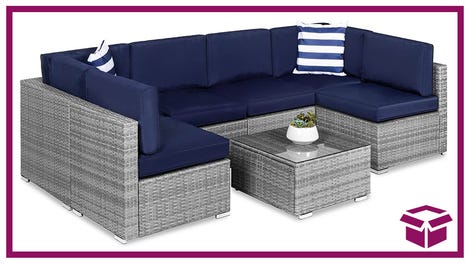We seem to agree on that the McLaren P1 XP1s have the best camouflage ever applied to a prototype, and while some of you argue that it's unnecessary since we've all seen the car already, the reason for it is very simple: development mules are getting the worst treatment you can imagine, and McLaren simply wants to present its newest pride clear as a diamond, not like a battered hound on blurry photos.
Prototype camouflaging is a serious business involving spy-level secrecy, and the designing process is way more complicated than sticking patterned vinyl to the parts they want to hide. For starters, they don't use vinyl, but polyester, which is much lighter and stronger, while also able to withstand temperatures ranging from minus 40 to plus 158 degrees Fahrenheit for long enough.
Being trustworthy is the number one rule in this industry, so the manufacturers are digging deep with the background checks, while the people involved can't really talk about their jobs even to their families. So yes, the kids probably think that daddy is James Bond himself.
The process starts as early as the clay model is ready. That's enough to do the measurements, then design the pieces best suited for the job. What we generally call a "Batmobile" mule is a car that got the full treatment, usually at an early stage of development. This means a bunch of fake metal-framed plastic body panels filled with foam and painted matt black to absorb the camera's infrared light so it has a much harder job finding the focus.
Custom headlights are made to hide the real shapes, while the add-ons make sure we don't have a clue about the real proportions of the car even if we stand right next to it. The whole mascara is held together by Velcro, and it has to be easy enough for the engineers to set up in not more than half an hour. Also, while it can't effect the cooling, if it rains, that's 40-150 extra pounds depending on the setup. That's something the engineers like to avoid when trying to figure out aerodynamics or the fuel consumption. Nobody likes to be seen in something as ugly as this anyway, V12 or not.
The best fact? Sometimes after the careful camouflaging, the manufacturers are the ones leaving badges on the steering wheel or even worse: the rims for everybody to see. Much ado about nothing.
While car companies usually try to hide their newest models from the prying eyes of a the competition, in other cases, they just don't want to show how smashed or patched up their mules are, or simply intend to keep the public away from delaying a purchase by a few month just to get the new car. The current stock has to run out first.
While the drivers have the same rules about where they can park or when they can remove the camo from the prototypes throughout the whole development period, eventually the fake plastic panels are switched to the black and white (or blue when it comes to BMW) patterns which tell you one thing: the car's debut just got closer.
These are still pretty good at messing with the spy photographer's autofocuses, and as far as the human eye goes, they can turn ovals into squares or make concave surfaces look convex. The variations are endless, from animal prints to checkerboard or famous racetracks, pretty much everything works, especially when a bit of reflective material is thrown into the mixture.
So good hunting out there, this is one endless game we love to play!
